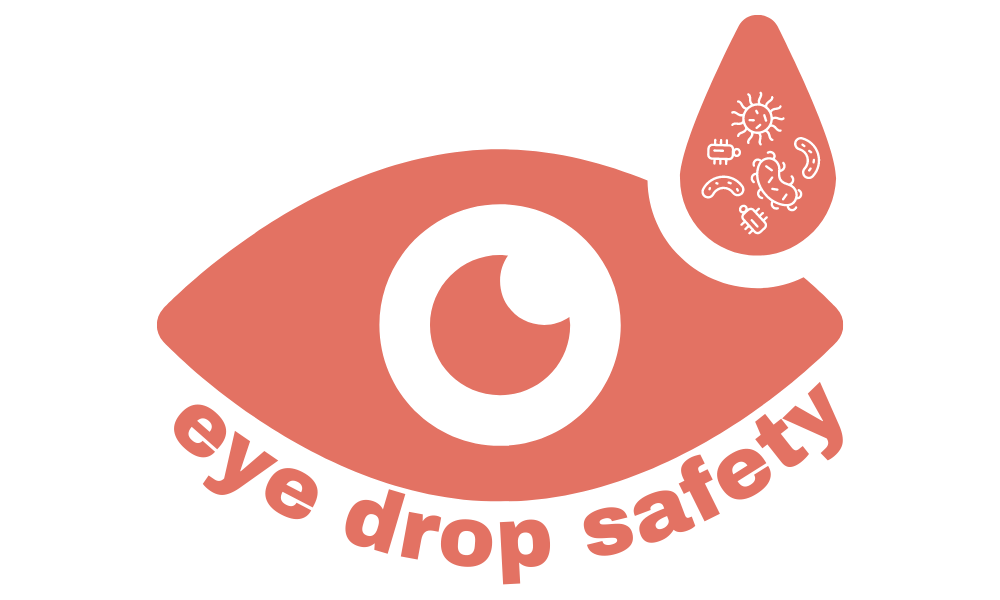Optometry Times: Dry Eye Foundation takes a stance on eye drop safety, encourages consumer education
Optometry Times, 6/2/2023
Since April 2022, the Dry Eye Foundation has been voicing concerns over the packaging of preservative-free drops as well as availability of noncompliant drops at online retailers.
Sandra Brown, MD, ophthalmologist and medical advisor to Dry Eye Foundation, spoke with Optometry Times® about preservative-free drops and the risk of buying eye drops online.
Q: What are some of the most important red flags that the Dry Eye Foundation would counsel eye care providers and consumers to watch out for when recommending or purchasing eye drops?
A: There are two critical red flags:
First, the eye drop is preservative-free but is packaged in a standard eye drop bottle.
A preservative-free eye drop should be packaged in a single-use snap-top vial, or a bottle with a multi-dose preservative-free (MDPF) dropper.
An MDPF dropper prevents backwash of liquid from the dropper tip into the bottle, thus reducing the likelihood of contamination of the eye drop during use. For preservative-free products, packaging which prevents contamination during use is required by FDA regulation [per 21 CFR 200.50(b)].
Reputable manufacturers with a long history in the OTC eye care space historically packaged their preservative-free products in single use-vials. The risk was always that patients would recap the vials, potentially using one vial over the course of several days.
Recently, several products have transitioned to bottles with MDPF droppers, which is both less wasteful and more cost effective. I think this is an excellent development for patient safety, and I am encouraging my patients to start with preservative-free artificial tears in MDPF bottles.
It is the position of the Dry Eye Foundation that eye care professionals should never recommend a commercially available preservative-free product packaged in a standard eye drop bottle.
Second, the eye drop is not listed with the FDA.
This can be easily checked on DailyMed. Having a DailyMed listing does not guarantee that the eye drop is safe or effective, because the FDA does not review or approve OTC products. However, a manufacturer who fails to list their eye drops with the FDA is flouting many laws.
The Dry Eye Foundation has created www.eyedropsafety.org, where we are compiling lists of unsafe eye drops—many of which are available through e-commerce sites such as Amazon. Currently there are more than 60 products in the category of “Not listed with the FDA.”
All eye drops are considered to be drugs: either prescription, or OTC. No matter the ingredients, eye drops are not classified as a tissue, a tissue product, or an allograft tissue.
Q: What can optometrists do to clarify their messaging to patients when recommending OTC drops?
A: At the moment, the Foundation thinks the critical issue is the proliferation of potentially unsafe eye drops available on the internet. So this is the focus of our messaging.
In my practice, I advise patients not to purchase products from a large internet retailer such as Amazon or Walmart, that they cannot find on a shelf in a drugstore. If they are buying a well-known eye drop on the internet to save money, I advise them to confirm that they are purchasing from the brand distributor directly, not a reseller. This is easy to figure out on Amazon, for example, because at the top of the listing it will say “Visit the brand store.”
Q: Do you have any comments on marketing for eye drops that you would like to see changed?
A: For preserved products the Foundation would like to see manufacturers clearly identify the preservative, including its concentration, in the list of inactive ingredients on the box. Patients who are purchasing an artificial tear in a standard dropper bottle can feel confident that the product is preserved.
The Foundation would like to see the major eye care periodicals develop policies that prevent manufacturers from using their publications to promote unapproved, unsafe eye drops. This often occurs through favorable review by Key Opinion Leaders.
Q: Do you have any additional comments?
A: I think the critical learning point for eye care professionals is that we owe it to our patients to thoroughly investigate any new eye drop on the market, particularly an eye drop from a boutique manufacturer that makes unique claims about its therapeutic mechanism of action.
If we expect clinical trials and FDA approval for glaucoma medications and steroid eye drops, we should not lower that standard for products that treat “just” dry eye disease. Key Opinion Leaders owe it to their colleagues to independently investigate such products before speaking favorably about them. This may require a phone call to the FDA.
